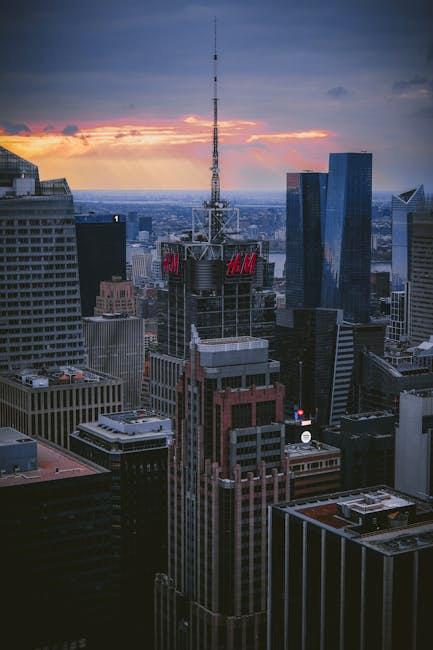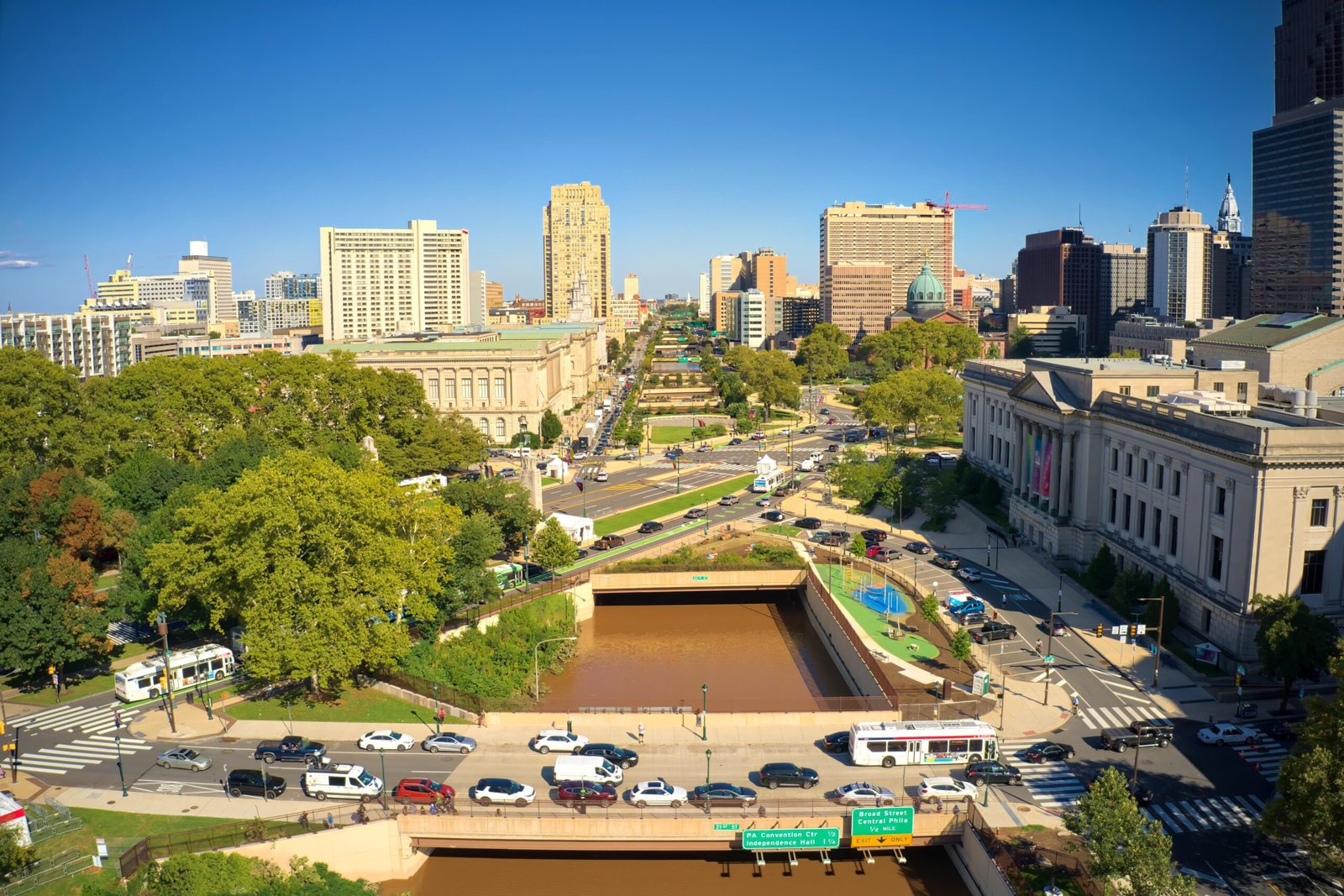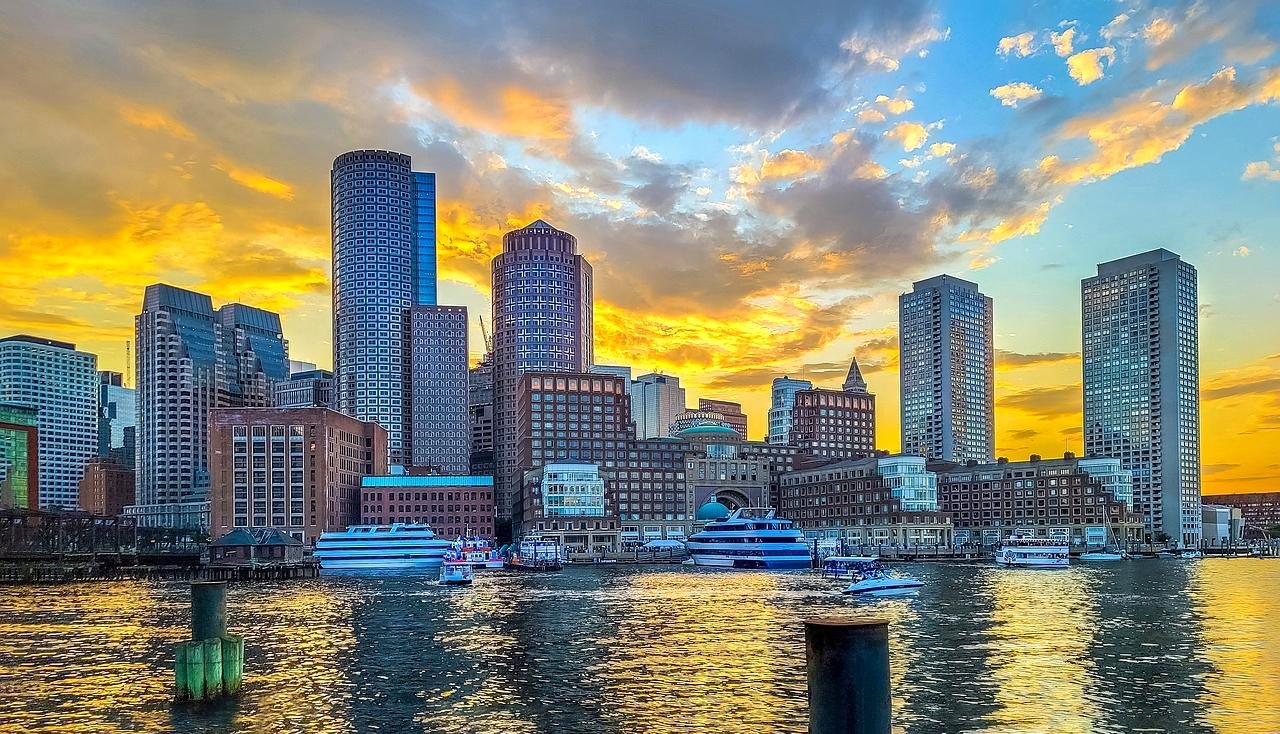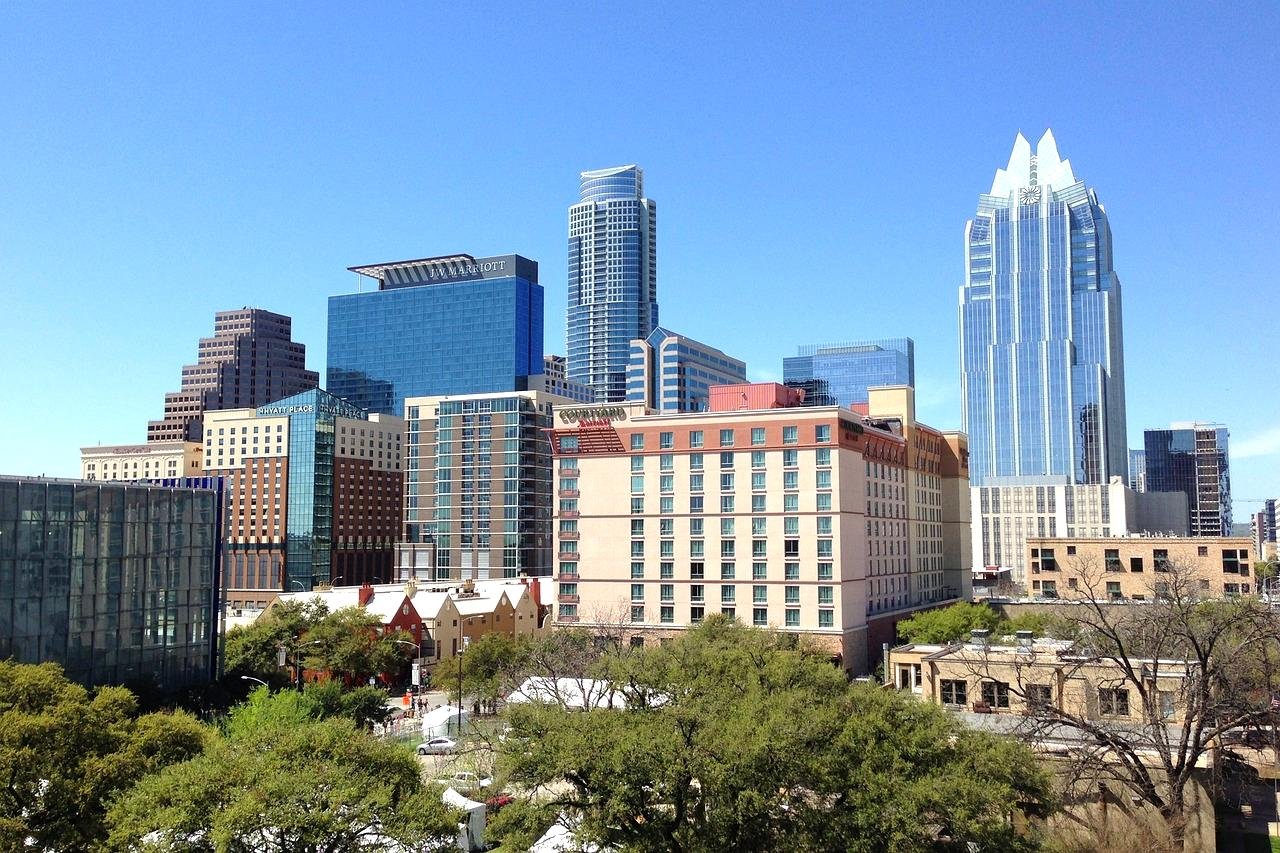U.S. Cities Have Such Quirky Nicknames: 10 Fun Origins
Nicknames for cities often reveal a shadowy past or a hidden charm. They can capture the essence of a place, its culture, its reputation, and often its contradictions. These playful yet revealing monikers offer a glimpse into the soul of a city. Across the United States, cities have earned quirky names that have stuck over the years. Let’s embark on a journey to uncover the fun origins behind ten delightful city nicknames.
New York City: “The Big Apple”

New York City, with its towering skyline and bustling atmosphere, is famously known as “The Big Apple.” This nickname traces its roots back to the 1920s. Horse racing writer John J. Fitz Gerald first coined the term while describing the lucrative “apples” or prizes at New York racetracks. Soon, jazz musicians picked up this catchy name, using it to symbolize the vibrant and lively spirit of the city’s nightlife. Over time, “The Big Apple” became an enduring emblem of New York’s alluring, ever-energetic character. It’s a name that invokes dreams of big opportunities and rewards for those daring enough to enter its bustling avenues.
Chicago: “The Windy City”
When you think of Chicago, “The Windy City” likely springs to mind. Although the city does experience its fair share of blustery weather, this nickname has nothing to do with gusts of wind. Instead, it reflects the city’s 19th-century political climate, known for its long-winded and verbose politicians. Newspapers of the time often criticized the inflated rhetoric of Chicago’s speakers, giving rise to the nickname. Today, while the words of old political endeavors have faded, the moniker endures, playfully reflecting both the literal and metaphorical currents that shape the city.
Las Vegas: “Sin City”

Las Vegas stands proudly as “Sin City,” a name that captures its wild, indulgent spirit. During the mid-20th century, Las Vegas emerged as a hotspot for gambling, nightlife, and revelry. The legal freedom to gamble and the plethora of adult entertainment options turned the city into a playground for those seeking spontaneous, often vice-driven enjoyment. Its neon glow contrasted with the austere values found elsewhere, embracing unapologetic extravagance. Residents and visitors alike lean into the nickname, reveling in its celebration of pleasure-seeking and liberation from everyday constraints.
Philadelphia: “The City of Brotherly Love”

Philadelphia wears its heart on its sleeve with the nickname “The City of Brotherly Love.” The origin lies in the city’s very name, derived from the Greek words “philos,” meaning love, and “adelphos,” signifying brother. Founded by William Penn with an idealistic vision of harmonious coexistence, Philadelphia was intended to be a sanctuary of tolerance and goodwill. This nickname recalls the rich historical significance as a formative foundation for democracy and human rights, echoing the lingering spirit of fraternity that permeates its streets to this day.
New Orleans: “The Big Easy”
Unlike some of the hustle and bustle associated with urban life, New Orleans flows just a bit differently. Known as “The Big Easy,” this nickname paints a picture of the city’s laid-back, easy-going lifestyle. During the early 20th century, jazz musicians and journalists popularized the term, pointing out the contrasts between New Orleans’s gliding pace and cities like New York. In capturing its relaxed atmosphere, “The Big Easy” captures the city’s ethos— a place where music, food, and celebration unfold naturally, without hurry.
Detroit: “Motor City”

Detroit proudly embraces its industrial legacy with the nickname “Motor City.” This storied title honors its place at the birthplace of the American automobile industry. As the home of automotive giants like Ford, Chrysler, and General Motors, Detroit’s assembly lines have powered the nation’s roads and economy for decades. The nickname signifies the city’s essential role in revolutionizing transportation and manufacturing worldwide. Even as Detroit undergoes changes, Motor City remains a symbol of strength and ingenuity of the automotive era.
Seattle: “Emerald City”

Surrounded by lush greenery, Seattle is enchanting as the “Emerald City.” This name, introduced in the 1980s through a tourism campaign, highlights the magnificent natural beauty that characterizes the area. The emerald hue mirrors the dense evergreen forests that encircle the city, offering a soothing escape from urban density. Seattle’s verdant landscapes, embracing sustainability and outdoor activities, are embraced in this sparkling moniker, creating a balance between nature and modernity.
Boston: “Beantown”

Boston’s colonial past serves up the nickname “Beantown.” During colonial times, the city became synonymous with a local delicacy: baked beans cooked with molasses. This popular dish was regularly served in Boston’s early taverns, creating an enduring association with the city. More than just a culinary anecdote, “Beantown” evokes Boston’s rich history, offering a flavor of tradition that resonates through its cobblestone streets and storied monuments.
San Francisco: “Fog City”
There’s a mysterious veil over San Francisco known as “Fog City.” The dense, rolling fog envelops the city, particularly around the emblematic Golden Gate Bridge. This climatic wonder casts an ethereal atmosphere over San Francisco, symbolizing its unique, often chilly weather patterns. Beyond being just a climate quirk, the nickname reflects the city’s intriguing and complex spirit, mirroring the beautiful ambiguity of a city that thrives on contrast.
Austin: “Live Music Capital of the World”

Austin stands out as the “Live Music Capital of the World,” reflecting a vibrant cultural identity unlike any other. This nickname emerged from the city’s impressive number of live music venues per capita. With iconic festivals such as South by Southwest (SXSW) and Austin City Limits, the city pulses with musical talent and creativity. Austin’s dedication to live music offers a sonic backdrop to its eclectic community, celebrating a shared passion that unites locals and visitors through the universal language of melody and rhythm.
